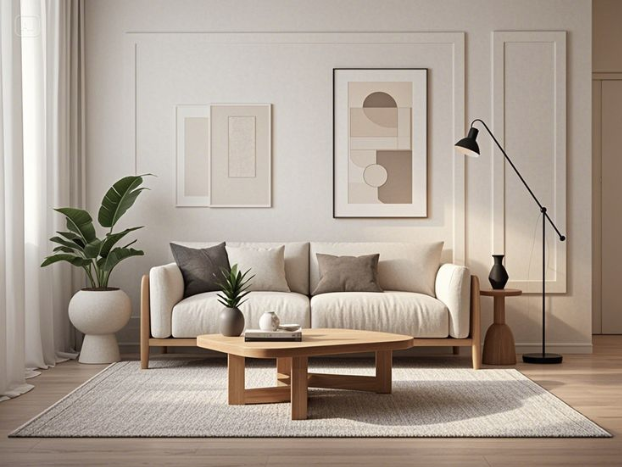Table of Contents
Sustainable living has become more than a trend—it’s a necessity. Modern homeowners are looking for ways to reduce their environmental impact while maintaining comfort and style. By making deliberate decisions during construction and daily life, we can create spaces that are eco-friendly, efficient, and long-lasting. Small adjustments can have a profound impact over time, turning any home into a sustainable haven.
Smart Design Principles For Sustainable Homes
Good design is the foundation of sustainable living. Orienting your home to maximize natural light reduces reliance on artificial lighting. Incorporating open spaces encourages airflow, cutting down on energy use for cooling. Using locally sourced materials minimizes transportation emissions and supports the community. Each choice, from window placement to material selection, contributes to an overall sustainable footprint.
Integrating Guttering Services For Water Management
Guttering services play a vital role in managing rainwater efficiently. Proper gutters channel water away from the foundation, preventing structural damage and soil erosion. Modern guttering systems can even capture rainwater for garden use, reducing dependency on municipal water. Installing high-quality gutters during home building ensures longevity and efficiency. Thoughtful integration of guttering services makes your living space not only sustainable but also resilient to seasonal changes.
Energy-Efficient Solutions In Home Building
Home building today emphasizes energy efficiency. Insulation, energy-efficient windows, and smart thermostats drastically reduce energy consumption. Solar panels or solar water heaters further decrease reliance on fossil fuels. Incorporating these elements from the start ensures that sustainability is embedded in the home’s core design. Homeowners see benefits in lower utility bills and a smaller carbon footprint, proving that eco-conscious choices are both practical and rewarding in modern home building.
Landscaping And Outdoor Sustainability
Sustainable landscaping complements home building by reducing water use and enhancing local biodiversity. Choosing native plants requires less maintenance and less water. Rain gardens and permeable pathways manage runoff naturally, easing pressure on gutters and storm drains. Even outdoor lighting can be energy-efficient, using solar-powered options. Thoughtful outdoor planning integrates seamlessly with guttering services and overall home sustainability.
Material Selection And Eco-Friendly Alternatives
Choosing sustainable materials makes a significant difference in home building. Recycled wood, low-VOC paints, and responsibly sourced stone reduce environmental harm. Durable materials also minimize waste over time. Even small choices, like bamboo flooring or energy-efficient fixtures, contribute to a greener home. By prioritizing eco-friendly alternatives, homeowners align comfort with conscience.
Long-Term Benefits Of Sustainable Living Spaces
Investing in sustainable living spaces pays off in multiple ways. Homes that incorporate smart designs, energy-efficient systems, and effective guttering services maintain their value longer. Energy bills drop, maintenance costs decrease, and the living environment becomes healthier. Sustainability also fosters a deeper connection to the natural world, promoting mindful living habits that extend beyond the home itself.
Conclusion
Creating sustainable living spaces is an ongoing journey that begins with smart choices. From thoughtful design and eco-friendly materials to energy-efficient solutions and proper guttering services, every decision counts. Home building that embraces sustainability not only benefits the environment but also enhances comfort, health, and long-term savings. By integrating these practices, homeowners can enjoy spaces that are beautiful, functional, and kind to the planet.
